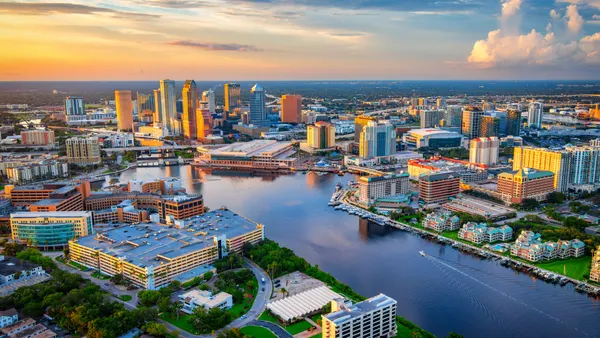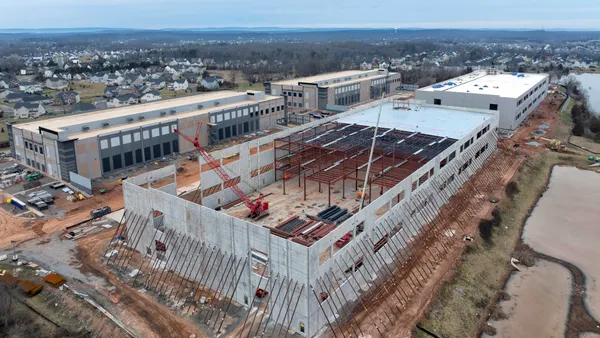Dive Brief:
- According to a 10-year analysis of commercial real estate company Bentall Kennedy's historical data, U.S. LEED-certified projects command 3.7% more in rent and have 4% higher occupancy rates than noncertified buildings, Commercial Property Executive reported.
- The analysis also found that ENERGY STAR-certified buildings can collect 2.7% more in rent and 9.5% higher occupancies.
- The financial payoff of green-certified buildings has been proven in other studies, and the Bentall Kennedy study, according to Commercial Property Executive, affirms their results: building green is a sound investment and tenants care whether their building is certified.
Dive Insight:
The increased rents and higher occupancies, Bentall Kennedy said, can provide property owners with an 8%-10% increase in asset value as well.
In addition, according to a CIT Group 2016 Commercial Real Estate Outlook survey of real estate executives, tax credits play a role in a property owner's decision as to whether or not to upgrade to a LEED standard. The CIT survey also found that the industry as a whole is starting to look at green investment strategies.
Some developers voluntarily include green features as part of their building design, while others are yanked into it by local regulations. For example, in April, San Francisco's board of supervisors announced a new solar power ordinance that requires new commercial and residential buildings with 10 stories or less to install solar panels.










